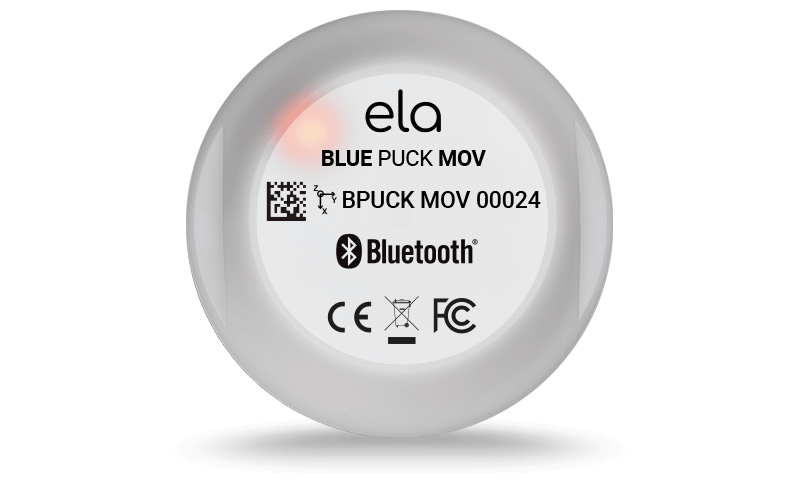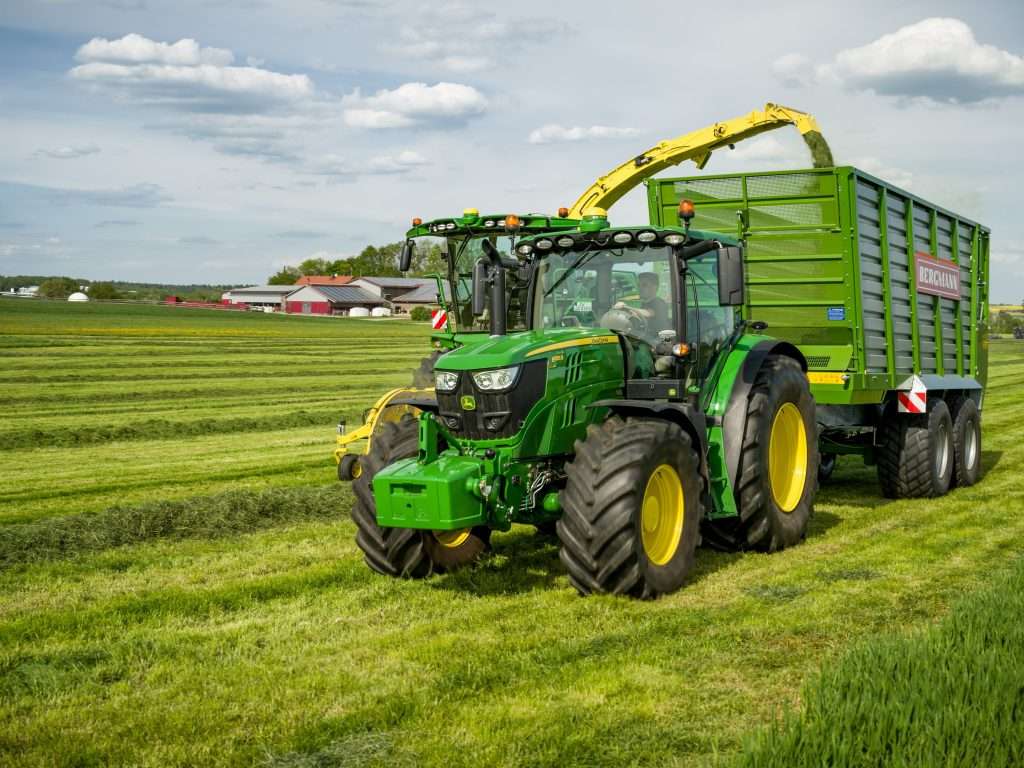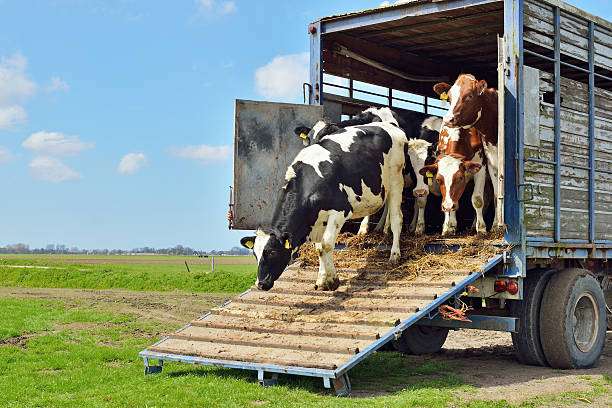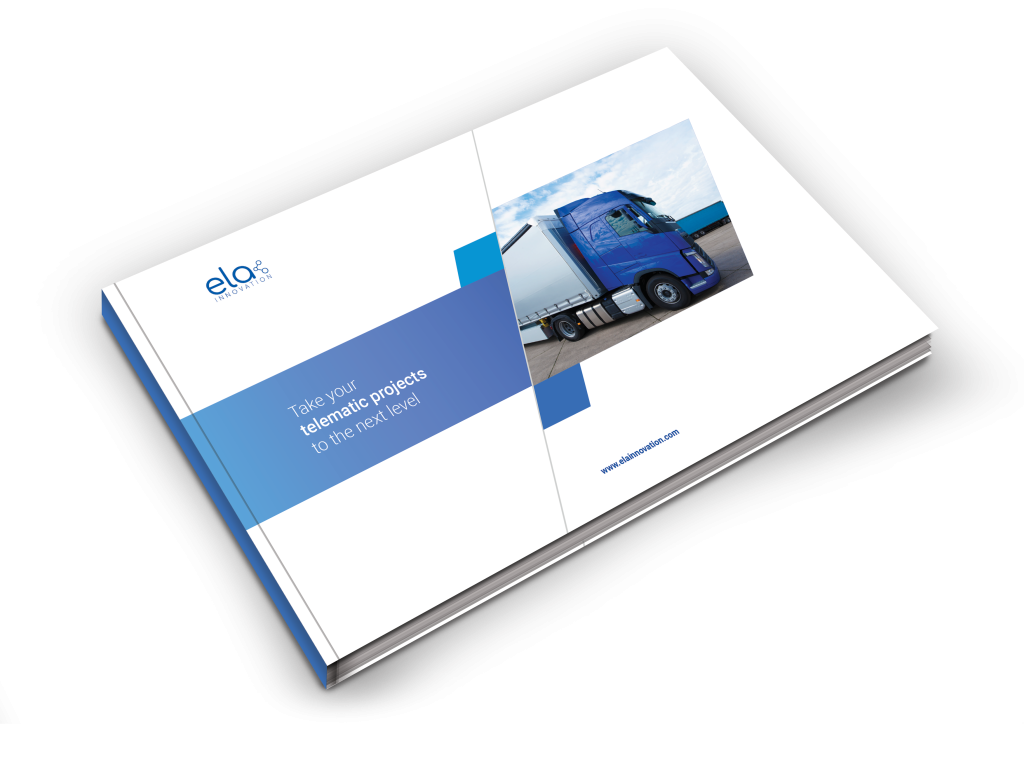Animal tracking and herd health management
Integrate ELA Innovation wireless motion sensors into your connected animal tracking solutions.
How IoT sensors can help with animal tracking & herd health management?
The global animal tracking market was valued at around $3.83 billion in 2022, with projections indicating a compound annual growth rate (CAGR) of 9.50% between 2023 and 2030. As the world’s population continues to grow, the responsibility for maintaining the well-being and health of farm animals is becoming increasingly vital in modern agriculture.
To meet this challenge, farmers and animal owners must be provided with transparent monitoring capabilities for life-saving factors such as animal movement patterns, vaccination status, and temperature fluctuations, in order to prevent disease and enable early detection of emergencies.
Moreover, animal tracking data plays an essential role in addressing environmental issues such as climate change, land use change, biodiversity loss, invasive species, wildlife illegal trade.
To achieve this, we recommend integrating motion sensors into your IoT solution, taking advantage of ELA Innovation’s Bluetooth Low Energy sensors. These sensors offer advanced functionality, facilitating effective and efficient animal tracking and management.
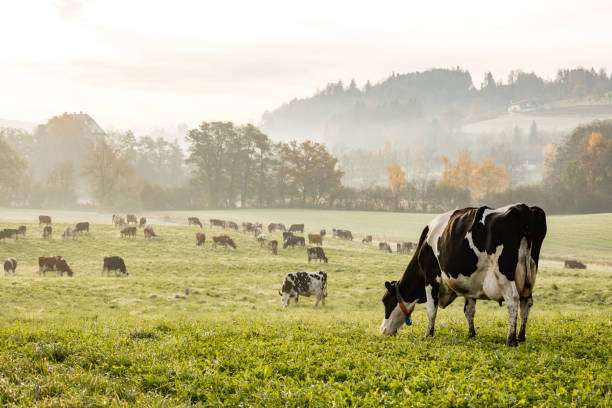
How does animal tracking work and improve herd management?

Animal tracking relies on various technological components to effectively monitor and manage livestock. Each animal wears a flexible UHF (ultra-high frequency) collar combined with a Bluetooth motion sensor, which contains unique identification information. Sheepdogs or certain individuals in a herd are equipped with a GNSS tracker. The trackers act as gateways, scanning nearby Bluetooth sensors and transferring the data to a server or cloud.
The farmer can then view his herd’s daily activity on a mobile or PC application. He can find out where each animal is and its activity level. The user can define movement thresholds to trigger automatic alerts in the event of abnormal activity to improve herd management.
The box will then act as a gateway and transmit the geolocation and identification information to your IoT platform via the 3G/4G cellular network.
The operator will then be able to visualize on this platform the inventory of his fleet of vehicles, to follow the coupling and uncoupling of his trailers and to manage his loading docks and thus quickly identify the blocking points that could be the cause of delays.
Why integrate ELA Innovation motion sensors into your animal tracking solution?
The Bluetooth Low Energy motion sensors from ELA Innovation are ideal for tracking and automatic animal identification for many reasons:
100% autonomous
Their battery powered operation offers up to 18 years of autonomy guaranteeing a competitive total cost of acquisition.
Robust
The IP68 – IP69K certified industrial housing is perfectly adapted to extreme environments. It will resist shocks and vibrations.
Quick and easy installation
Extremely easy to install thanks to the various means of fixation (high performance double-sided sticker or support that can be screwed), these sensors can be mounted on any type of surface and do not require any wiring.
Compatible with leading GPS trackers
Based on Bluetooth Low Energy technology, these sensors are compatible with the majority of GPS trackers on the market, requiring no additional integration.
Embedded 3-axis accelerometer
Its embedded 3-axis accelerometer lets you set alert thresholds based on movement or change of angle of the sensor.
Which ELA Innovation motion sensors to use for animal tracking?
If you’re an IoT solution provider looking to integrate animal tracking into your offering, here are the ELA Innovation Bluetooth sensors we recommend:
